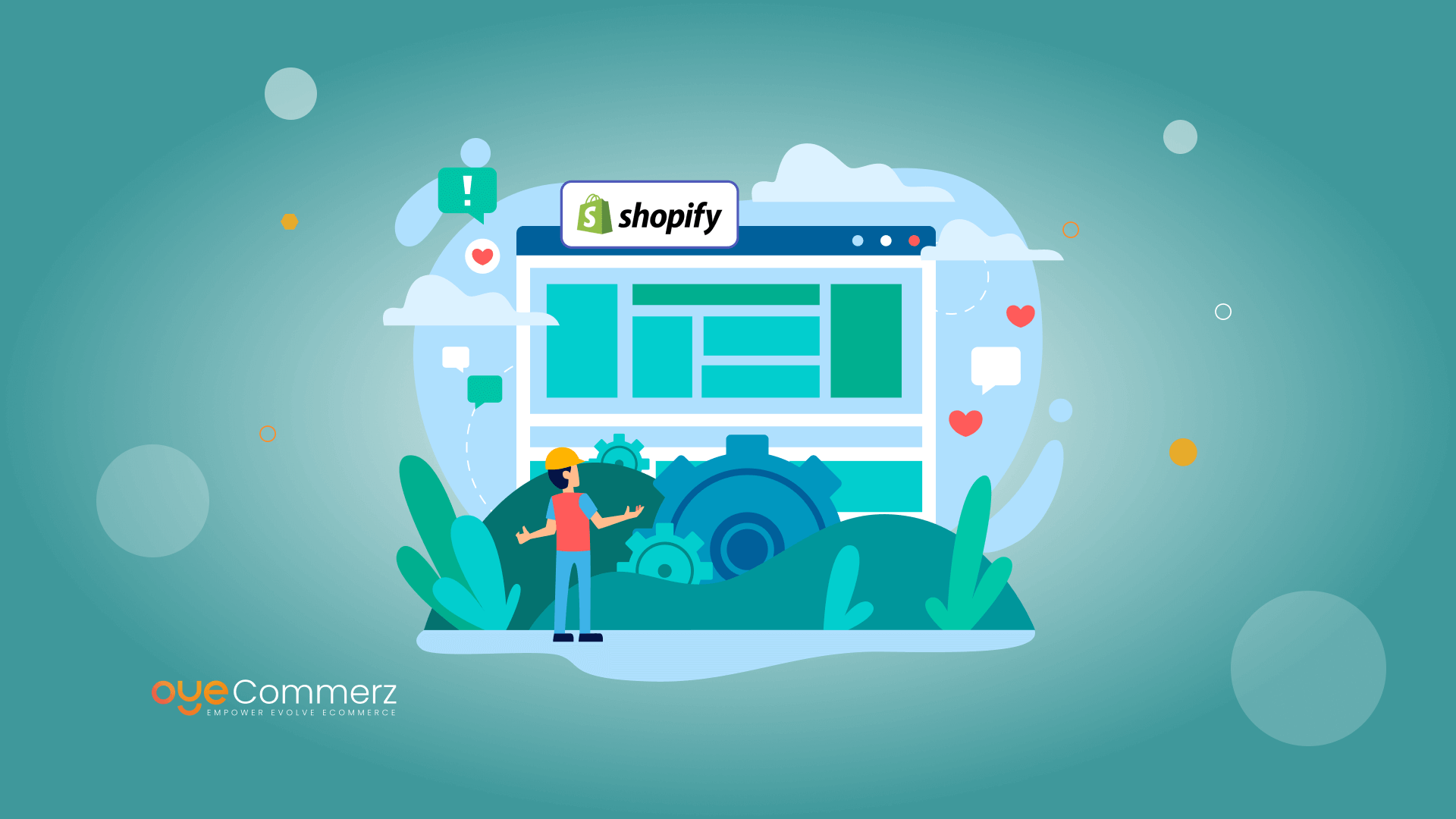
Starting Point
In today's highly competitive e-commerce environment, Shopify merchants are constantly searching for strategies to increase revenue and optimize their business processes. A highly effective approach is through custom Shopify apps designed to address specific requirements. Connecting with the Shopify API and using tools like the Polaris design system, these solutions empower organizations to grow sustainably while improving user interaction. In this blog, we’ll discuss key aspects of Shopify app-building, from design considerations and essential features to recommended strategies for supporting and scaling apps effectively.
1. Comprehending Shopify API Connection
A strong understanding of Shopify’s Application Programming Interface—including REST and GraphQL—is foundational for creating robust Shopify apps. With these APIs, programmers can access, change, and manage data within a Shopify site. The GraphQL API enables optimized data management, enabling faster outputs by obtaining only the necessary elements. Integrating the API permits developers to tailor app functionality to the organization's particular needs, ensuring a smooth UX that enhances operational effectiveness and income.
2. Utilizing the Shopify’s Polaris framework
Shopify’s design system enables developers to build a consistent and intuitive interface across Shopify applications. Polaris provides a suite of components and recommended practices that complement Shopify’s design language, allowing apps appear native within the Shopify platform. This method goes beyond supports smooth customer touchpoints but also contributes to preserve branding uniformity, an important factor in creating credibility with customers.
3. Building within the Shopify Application Network
The Shopify app ecosystem is extensive, allowing programmers to build integrated Shopify apps that function in a business’s management system. Internal apps optimize the interface by incorporating smoothly within Shopify’s dashboard, eliminating the necessity for additional authentication or additional navigation. For programmers, using Node.js for server-side processes and React for the front end has emerged as a preferred choice, as these technologies enable expandable, adaptive applications that deliver an optimal interface.
4. Key Elements for Shopify Applications
A high-performing Shopify application requires capabilities that resolve important challenges in the digital sales process. Real-time alerts for instant updates, custom theme adjustment features, and multi-platform sales capabilities are critical elements that can enhance business oversight and customer engagement. By adding these components, Shopify applications not only streamline internal operations but also enhance the shopper's journey.
5. Best Practices for App Development
When creating Shopify applications, it’s essential to adhere to industry best practices. App maintenance strategies such as frequent patches, user assistance, and safety measures are necessary for sustaining user trust. Digital marketing for Shopify applications can also be leveraged to enhance app visibility and adoption. Interaction boosters, such as push notifications and loyalty programs, are important for keeping customers and creating a dedicated following.
6. Scaling Shopify Applications for Success
As Shopify stores expand, growing app performance becomes essential to handle greater usage and performance requirements. Leveraging cloud-based setups and emphasizing efficient data handling through Graph Query Language can enable apps expand without performance issues. It’s just as crucial to have a strategy for scaling the app’s backend systems to manage growth, which includes a guide for choosing a development partner with experience in Shopify apps.
7. Evaluating the Investment of Creating Shopify Applications
Creating personalized Shopify apps can range broadly in price depending on the capabilities, linkages, and unique adjustments necessary. Essential elements like API integrations, customer engagement tools, and online reach options can add to the investment. However, the profit potential is often valuable, as these applications can significantly enhance sales and optimize workflow.
8. App Maintenance Strategies
Maintaining an app is equally necessary as creating it. Ongoing improvements to fix bug fixes, enhance protection, and maintain integration with the latest Shopify platform updates are essential. Forward-thinking upkeep methods also feature user assistance and function upgrades that align with evolving e-commerce trends.
9. Platforms for Creating Shopify Applications
Shopify supplies various tools to ease the creation workflow, from software platforms like Node.js and React to automated notifications for instant alerts. Tools like Shopify’s CLI simplify the development workflow, while Shopify App Bridge allows internal apps to work smoothly with Shopify’s management dashboard. Such tools are invaluable for building applications that are both see details operational and easy to use.
10. Future Trends in Shopify App Development
The future of Shopify application building is promising, with trends heading in the direction of AI-powered features, expanded multi-platform integration, and advanced plugin features. As e-commerce develops further, programmers will be required to anticipate new directions to build apps that serverless architecture for apps go beyond fulfill but surpass customer needs.
Final Thoughts
Personalized Shopify software give a strategic method for e-commerce businesses to expand with ease, drive profits, and streamline operations. From connecting with data interfaces and the Polaris design system to advanced features and maintenance strategies, every component of Shopify app development plays a important role in ensuring a smooth experience for customers. As Shopify continues to innovate, keeping up with upcoming innovations in software building will help organizations maximize Shopify’s powerful ecosystem, reinforcing their place in the online shopping landscape.
Comments on “Maximize Profits and Productivity with Tailored Shopify Applications Created to Scale”